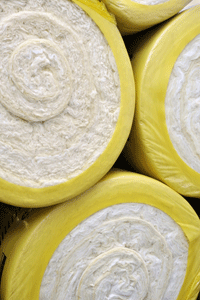The History of Home Ventilation
People have known about the need for ventilation in their dwellings since open fires were first used to warm human abodes millennia ago. Today, we have home ventilation guidelines incorporated into our Broken Arrow building codes, but this wasn't always the norm. The understanding of how much fresh air was needed to replace stale, polluted indoor air evolved over centuries of experimentation, trial and error.Here's a look at key advancements in the evolution of ventilation from natural to mechanical means:
17th Century
In 1631, England's King Charles I determined that due to home heating, bad indoor air was causing health problems. He decreed that dwellings in England must have ceilings at least 10 feet high, and windows taller than their width to provide ample natural ventilation.
Early 19th Century
In 1835 when the British Houses of Parliament were rebuilt, a ventilation system was added. Outdoor air entered into a heating chamber, then went across steam pipes before being distributed through the building's ductwork.
Late 19th Century
After completing various studies and analysis, American physician J. Billings recommended in 1893 that a minimum of 30 cfm of ventilation per occupant was needed in buildings, but 60 cfm was ideal. That minimum rate was adopted by ASHVE (American Society of Heating and Ventilating Engineers) in 1895. This amount of airflow could only be achieved using mechanical ventilation made possible by advancements in the electric power industry.
20th Century
Massachusetts made 30 cfm per occupant of ventilation the law in 1914. By 1925, this minimum was adopted in 22 states. In 1925, ASHRE published the first code of minimum requirements for home heating and ventilation.
21st Century
Nowadays, there are various mechanical ventilation methods used in homes and other buildings, such as:
Exhaust fans that expel humid kitchen and bathroom air.
Whole-house fans that draw stale air up and send it out through attic vents.
Supply systems that introduce outdoor air into the HVAC's return ducting.
Balanced whole-house systems with dedicated intake and exhaust ducting.
To learn about your home ventilation options for better indoor air quality, contact us at Air Assurance.
Our goal is to help educate our customers in the Tulsa and Broken Arrow, Oklahoma area about energy and home comfort issues (specific to HVAC systems). For more information about other HVAC topics, call us at 918-217-8273.





